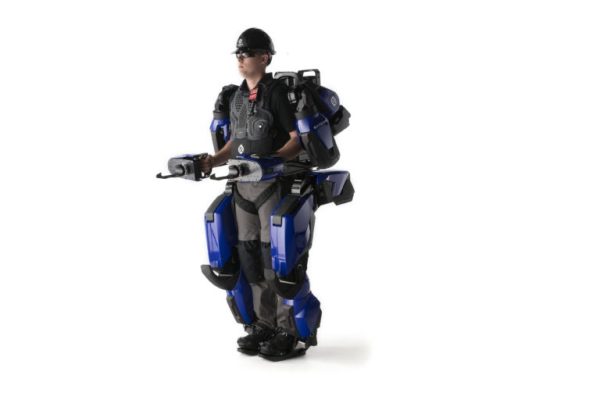
While it’s true the VC world has gone SPAC-happy, the reverse merger method hasn’t been a huge driver in robotics thus far, with some notable exceptions like Berkshire-Grey. This morning, however, Utah-based Sarcos Robotics announced plans to board the SPAC train, courtesy of Rotor Acquisition Corp.
The deal could potentially value the robotic exoskeleton maker and blank check co. at a combined $1.3 billion, along with a potential $281 million earn out. Sarcos is, of course, one of a number of companies currently exploring the robotic exoskeleton category. So, what sets the company apart, beyond some heavy-duty James Cameron-style design language?
Partnership are always a big motivator. Sarcos lined up a pretty big one way back at CES 2020. It was positioned at the center of Delta’s big tech push at the trade show.
“Delta’s employees are the key ingredient to our success, and we are committed to reducing on-the-job injuries as well as fostering workforce diversity and improving worker longevity for a healthier and safer team,” Delta CEO Ed Bastian said in today’s announcement. “My enthusiasm for Sarcos’ potential has only grown since then as we continue to work closely with Sarcos to turn our everyday heroes into superheroes, making their jobs safer and easier than ever.”
At the time, the airline announced that it would be partnering with the company to pilot these exoskeletons among its staff. The robotics-maker noted then that the tech can be used to lift 200-pound payloads for up to eight hours, without tiring the wearer. It’s in line with Sarcos’ more industrial-minded approach to wearable robotics.
Later that same year, the company announced a $40 million raise aimed at commercializing its Guardian XO unit. In today’s release, it adds that it expects to deliver the system at some point in the middle of next year, with the teleoperated Guardian XT arriving the following.
In October of last year, the Sarcos was awarded a grant from the U.S. Navy to produce remote-operated versions of its XO system, as military funding continues to be a big driver of the robotics industry.



